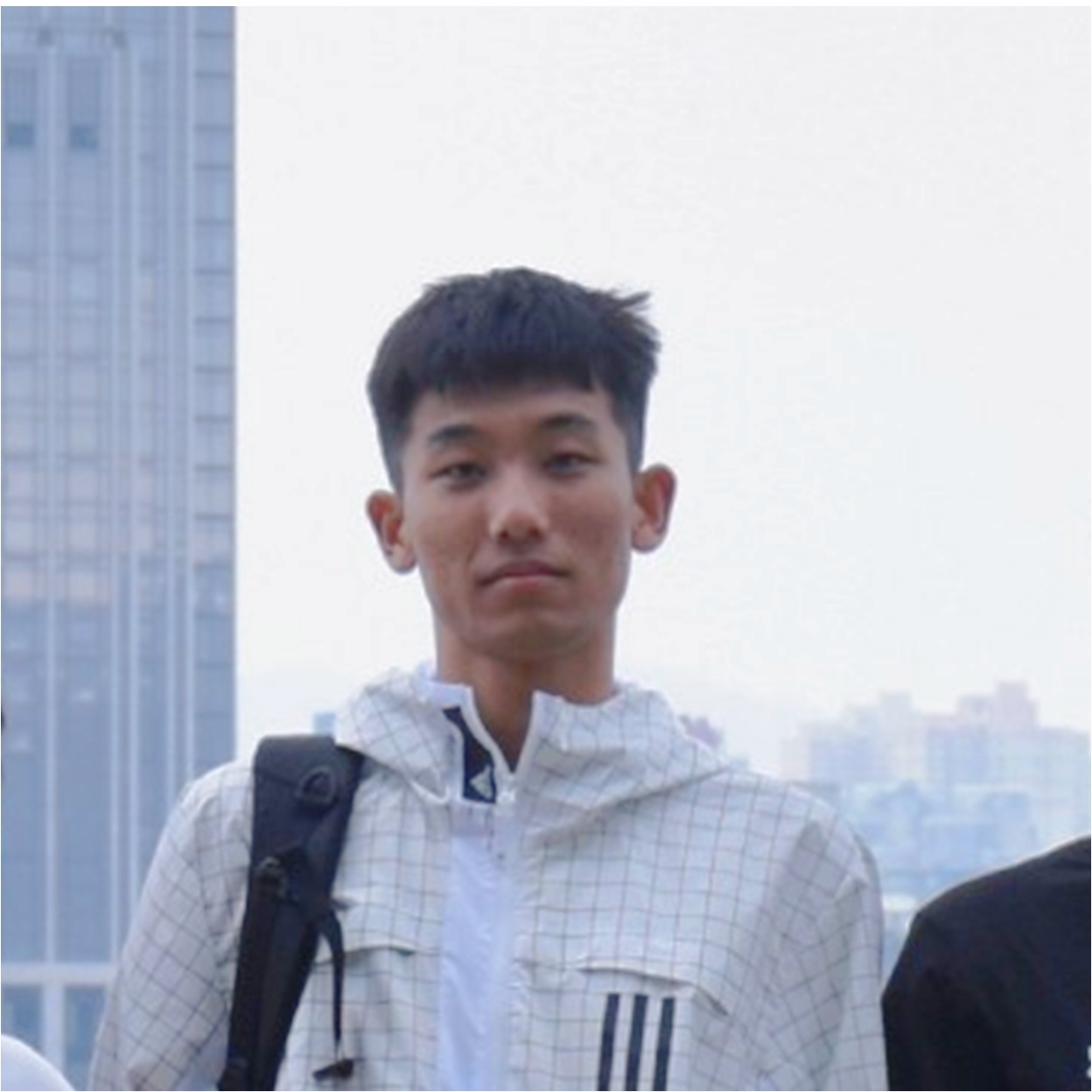A Bio-Plausible Neural Network Integrating Motion and Disparity Pathways for Looming Perception
Acta Electronica Sinica, 2025
Abstract
The capacity to perceive collisions remains critical, from the natural survival of animals to the safe operation of machines in industrial settings. Inspired by the locust visual neuron LGMD (Lobula Giant Movement Detector), numerous biomimetic computational models have been developed for real-time and reliable collision detection. However, constrained by two-dimensional monocular vision inputs, existing methods struggle to capture the depth features of moving objects, thus failing to meet the demands of looming perception in complex dynamic scenarios. To address this, this study proposes a novel bio-plausible looming perception model that integrates motion and disparity pathways based on three-dimensional visual signals. In the presynaptic neural network, the proposed model achieves spatiotemporal integration of neural signals from both visual pathways. This not only effectively eliminates background clutter interference but also significantly suppresses visual stimuli caused by non-looming foreground motion, while reducing attention to targets suddenly appearing within the field of vision. Consequently, the model enhances selectivity for approaching objects in unknown realistic environments. The experimental results of offline tests on real scene datasets and online tests on robot validate that our model attains an accuracy of 96.09% while reducing time complexity by an order of magnitude compared with the state-of-art method. Furthermore, it enables mobile robots to detect and avoid potential collisions in real-time during autonomous navigation. The study demonstrates a significantly synergistic fusion of the motion pathway’s efficiency and the disparity pathway’s reliability accomplished by the proposed neural network.
Keywards
Looming perception; Disparity; Locust visual system; Bio-plausible; Neural signal integration
